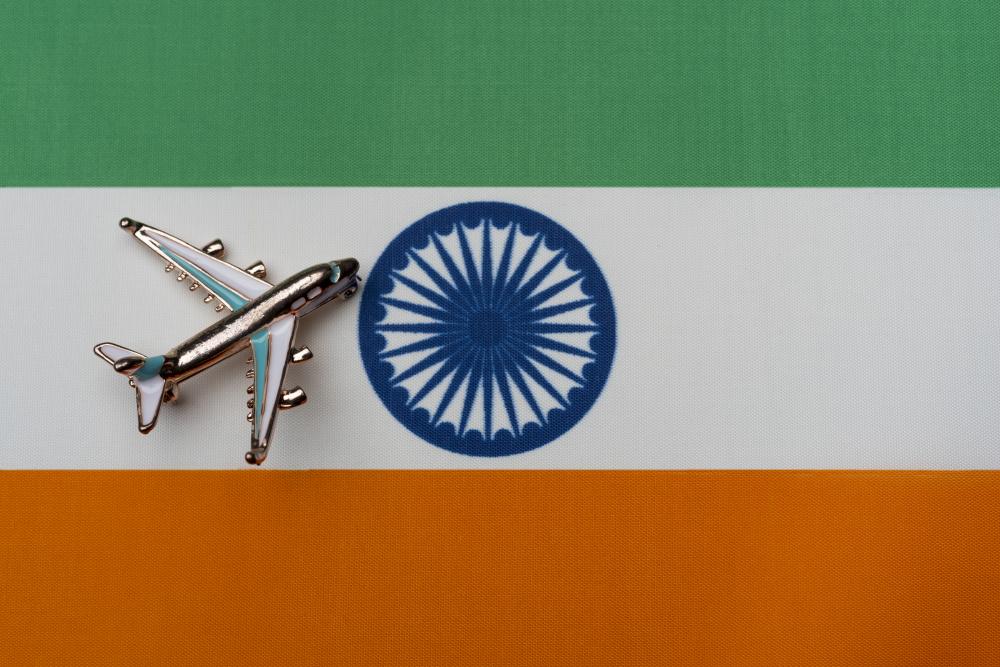
Understanding the Indian Visa Process
When embarking on a journey to India, whether it’s for tourism, business, or medical purposes, the initial step involves navigating through the Indian visa application process. This task, while seemingly daunting, is your golden ticket to the rich tapestry of culture, history, and natural beauty that India offers. As someone representing a platform that eases the complexities of travel logistics, I’ve seen firsthand the bewilderment and frustration that visa procedures can induce. Hence, I’ll share insights not just from a procedural standpoint but also from personal and professional experiences that may illuminate the path for other travelers.
Types of Indian Visas
There exists a bouquet of Indian visa categories tailored to the diverse intents of international visitors. From the e-Visa (an electronic authorization covering tourist, business, and medical visits) to long-term employment and student visas, the Indian government has structured its visa framework to cater to various travel purposes. Notably, the e-Visa is a popular choice for digital nomads and travelers seeking spontaneity in their adventures, owing to its convenient application process and relative promptness in issuance.
Applying for an Indian Visa
The process to apply for an Indian visa involves numerous steps, from filling out the application form to scheduling an interview (if required) and eventually, the submission of documents. Having assisted countless clients through our service, the universal advice is to pay meticulous attention to detail when completing the application form online. Any discrepancy or error can lead to delays or outright rejection, a situation you’d want to avoid especially when your travel plans hinge on obtaining that visa.
Required Documents
The dossier you need to compile for your Indian visa application is quite comprehensive. It includes but is not limited to your passport (with a minimum six months validity), recent photographs, proof of onward or return journey (which our itinerary ticket service can conveniently provide), and proof of sufficient funds. Specific types of visas may require additional documents, such as a business letter for a business visa or an admission letter from an Indian institution for a student visa.
E-Visa Application Tips
For those opting for the e-Visa route, a treasure trove of convenience awaits. The entire application process unfolds online, saving you trips to the embassy or consulate. However, vigilance is your best friend during this process. Ensure that all uploaded documents meet the specified requirements and double-check the information entered for accuracy. Remember, the e-Visa is linked to your passport number, so any discrepancy between your application details and your passport could lead to complications at the border.
Navigating Common Challenges
One of the recurring themes in the narratives of international travelers applying for an Indian visa revolves around the anxiety of awaiting visa approval. The waiting period, characterized by a maddening lack of communication, often leaves applicants on tenterhooks. Here, patience is not just a virtue but a necessity. Regularly check your visa application status online and ensure your email is set to receive communications from the visa processing authorities to avoid missing out on vital updates.
Utilizing Itinerary Tickets
The requirement of proving your onward or return journey can be a peculiar catch-22, especially for travelers who value spontaneity. This is where our itinerary ticket service shines, offering a seamless solution that satisfies visa requirements without hemming you into fixed travel plans. Our experience tells us that embassies appreciate the clarity these temporary bookings provide, easing their concerns about a traveler’s intentions and financial solvency.
Embracing the Digital Nomad Lifestyle
In the realm of visas and international travel, digital nomads occupy a unique niche. The burgeoning tribe of travelers working remotely across borders epitomizes the spirit of our age. For them, the Indian e-Visa emerges as an invaluable tool, providing the flexibility to weave in and out of India, exploring its landscapes while staying connected to their global clientele. Our service dovetails neatly with this lifestyle, offering digital nomads the assurance of a return journey ticket without locking them into rigid travel dates.
Yet, it is crucial for digital nomads to navigate this flexibility within the framework of Indian visa regulations, which delineate the permissible activities under each visa category. Leveraging our firsthand experiences and the collective wisdom of our community, we’ve found that maintaining a transparent dialogue with visa authorities, underpinned by honest documentation, safeguards against any misunderstandings that could jeopardize one’s nomadic journey.
Conclusion
Securing an Indian visa, while a process mired in meticulous detail and patience-testing waits, is your gateway to a nation of unparalleled diversity and warmth. Whether you’re drawn by the allure of India’s spiritual heritage, its bustling marketplaces, serene landscapes, or the opportunity to expand your professional horizons, the key lies in understanding and navigating the visa process with precision and care. By sharing our insights, experiences, and the unique solutions our service offers, we aim to smooth your path to discovering India. Armed with knowledge, the right documentation, and a flexible itinerary ticket in hand, the Indian subcontinent is yours to explore.

How does a US citizen get a visa for India?
For US citizens eyeing the colorful landscapes and historical tapestry of India, obtaining a visa is the first step on an exciting journey. The process involves filling out an online application form on the official Indian visa website. Remember, precision is paramount here; any discrepancies in your application could cause delays or rejections. After submitting your form, you’ll likely need to send your passport and required documents to the nearest Indian consulate or embassy. An e-Visa is also a convenient option for short trips, and it can typically be processed quickly, allowing for more spontaneous travel plans. What many travelers find reassuring is the option of utilizing services like ours at ItineraryTicket to ensure that all requirements, including proof of onward travel, are met without locking into rigid travel dates.
How long does it take for an Indian visa?
The processing time for an Indian visa can vary significantly depending on the type of visa applied for and the applicant’s nationality. Generally, an e-Visa is the quickest to process, often within 48 to 72 hours. However, for more traditional visa applications submitted to an embassy or consulate, it’s reasonable to expect a waiting period of a week or two, though it can take longer during peak travel seasons or if additional documentation is required. It’s always a good strategy to apply well in advance of your planned trip to alleviate any stress related to waiting for visa approval.
How much does an Indian visa cost?
The cost of an Indian visa can vary widely based on the visa category, the applicant’s nationality, and the duration of stay. For many short-term visas, such as the tourist e-Visa, fees can range from $10 to $25 depending on the time of year and processing time chosen. Longer-term visas, or those for specific purposes like employment or study, have higher fees. It’s important to consult the official Indian visa website for the most accurate and up-to-date fee structure. Remember, investing in an itinerary ticket can save money in the long run by avoiding the need for potentially non-refundable bookings to meet visa requirements.
How much Indian visa cost for US citizens?
US citizens will find that the visa cost reflects the reciprocal arrangements between India and the United States. For a tourist e-Visa, which is one of the most common types for short stays, US citizens might expect to pay around $25 for a 30-day visa, depending on the processing time selected. Longer duration visas and other types like business or student visas have different fee structures, often higher. Always check the latest information as fees can change. Our role at ItineraryTicket is to help manage part of the cost by offering flexible ticketing solutions that comply with visa requirements without the upfront investment of a fixed return ticket.
Who is eligible for an Indian e-Visa and what are the benefits?
The Indian e-Visa is available to citizens of over 160 countries, including the United States, the UK, Canada, and Australia, to name a few. It caters to tourists, business visitors, and those seeking short-term medical treatment. One of its main benefits is the convenience–it’s entirely processed online, saving you a trip to the consulate or embassy. Plus, the quick processing time makes it ideal for last-minute travel plans. For our clients at ItineraryTicket, this aligns perfectly with the desire for flexibility, allowing for spontaneous yet compliant travel.
What are the essential document requirements for an Indian visa application?
Regardless of the visa type, certain documents are universally required: a valid passport with at least six months of validity remaining, passport-sized photographs, and proof of onward or return journey, which our service at ItineraryTicket can provide without locking you into actual travel dates. Additionally, depending on the visa type, you may need to provide financial statements proving sufficient funds, a letter of invitation for business or conference visits, or admission letters for educational purposes. Accuracy and completeness in your documentation can significantly streamline the visa approval process, setting the stage for a memorable visit to India.
Resources
- Official Indian Visa Online – The official website for applying for an Indian visa online, providing information on e-Visa and other visa categories.
- Cox & Kings Global Services – A trusted partner for Indian visa application services, offering guidance and support throughout the process.
- U.S. Department of State – India Country Information – Detailed information on entry requirements, safety, and other travel-related aspects for visiting India.
- New Zealand Immigration – Visas for India – Information on visa requirements for New Zealand citizens traveling to India.

Recent Comments